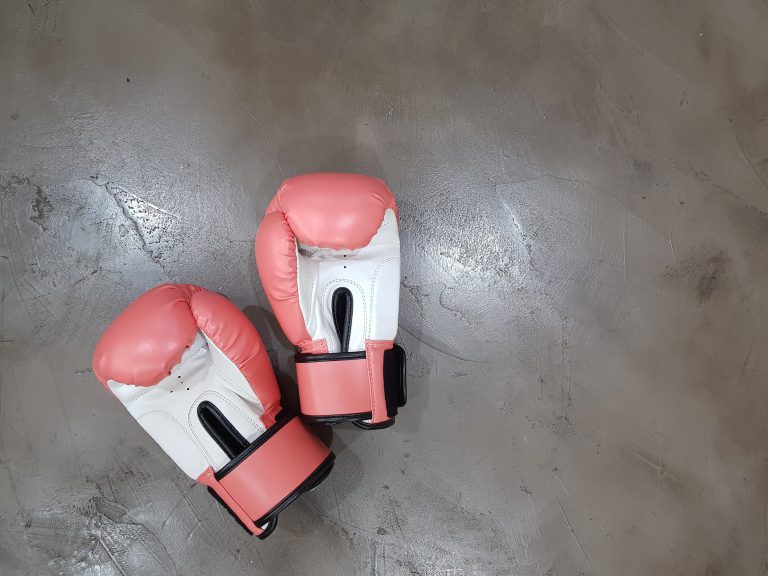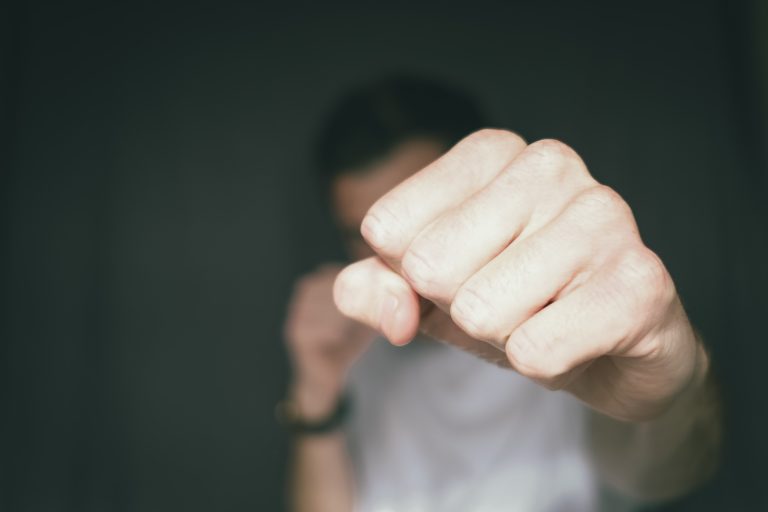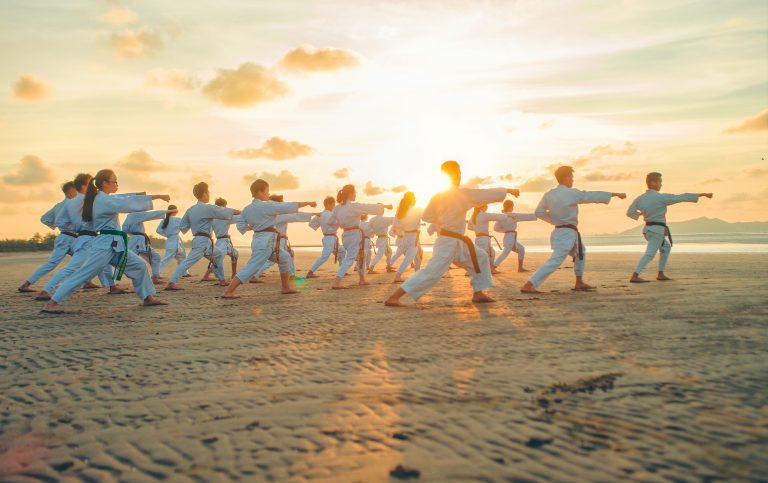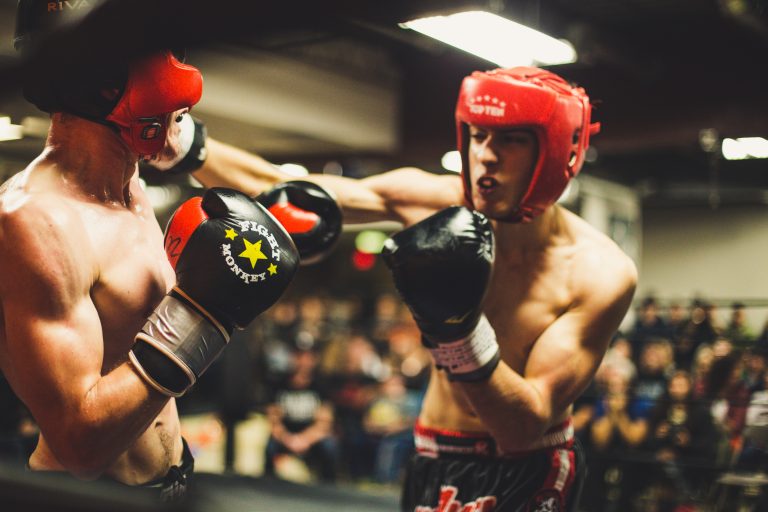Is Karate Popular in Japan?
When one thinks of martial arts, the first thing that comes to mind is often karate. This ancient Japanese practice has gained popularity around the world, with many people eager to learn the self-defense techniques and traditional values that it espouses. But how popular is karate in Japan itself? In this article, we will explore the history and cultural significance of karate, as well as its current popularity in Japan.
The History and Cultural Significance of Karate
Karate originated on the Ryukyu Islands, which are now part of Okinawa, Japan. Its history could be traced back to the 14th century when Okinawan martial artists created it by incorporating elements of local fighting styles and Chinese martial arts. It was originally practiced in secret, as the rulers of Japan had prohibited the use of weapons and the practice of martial arts, in an effort to control the population.
In the early 20th century, a young Okinawan named Gichin Funakoshi introduced karate to mainland Japan. He was invited by the Japanese government to demonstrate his style of martial arts, which was then called Okinawan karate. Funakoshi’s demonstrations were a hit, and karate began to gather popularity in Japan.
Karate has played an important role in Japanese culture, both historically and in contemporary times. The practice is often associated with discipline, respect, and rigorous training. These values have made karate appealing to people of all ages and backgrounds, including children and women.
The Popularity of Karate in Japan Today
Despite being the birthplace of karate, Japan may not be the first place that comes to mind when thinking of the sport’s popularity. While it is still practiced widely, its popularity has declined over the years, as other martial arts have gained ground.
According to the World Karate Federation, there are around 10 million registered karate practitioners worldwide. Japan has around 1 million registered practitioners, which ranks the country as the third highest in the world, following France and Spain. Karate has been practiced in Japan for many years, and today, there are karate schools in almost every prefecture.
While karate is still popular in Japan, there is a growing sense that the sport is losing its traditional values. This is in part due to the increasing commercialization of karate, with many schools focusing more on competition and less on character-building. This trend has led to some practitioners questioning the future of karate in Japan.
The Future of Karate in Japan
Despite this concern, there are efforts underway to maintain the traditional values of karate in Japan. Organizations such as the Japan Karate Association are working to promote the sport as a means of physical and mental development, rather than just a competitive endeavor. This is being done through the promotion of training methods that emphasize discipline, respect, and hard work.
In addition, karate is included in the Tokyo 2020 Olympics, which will bring the sport back to its birthplace after nearly 57 years of being included in the games. This event is expected to help boost interest in karate, both in Japan and around the world.
Is Karate Popular in Japan? Frequently Asked Questions
Karate, a martial art that originated in Okinawa, Japan, has become a popular sport globally, with millions of practitioners worldwide. However, people often wonder, is karate popular in Japan? In this blog post, we will answer some frequently asked questions about karate’s popularity in Japan.
What is Karate?
Karate is a martial art that primarily focuses on striking techniques, such as kicks, punches, and knee strikes. The word „Karate“ is composed of two Japanese characters („Kara“- empty and „Te“-hand), meaning „empty hand,“ referring to the lack of weapons.
Where Did Karate Originate?
Karate was developed in Okinawa, an island in Japan, during the Ryukyu Dynasty’s reign. Okinawa was once an independent kingdom and a trade center, exchanging goods with China, Southeast Asia, and Japan. During this period, karate was influenced by various martial arts from these countries, leading to its unique style.
Is Karate Popular in Japan?
Yes, karate is popular in Japan. It is considered one of the country’s traditional martial arts and has many practitioners of all ages. However, karate’s popularity in Japan is not as high as other martial arts like Judo or Kendo. It is mostly practiced in local clubs or universities rather than mainstream martial art schools.
What is the Status of Karate in Japan?
Karate is recognized as an official sport in Japan, and the Japanese Karate Association (JKA) is responsible for promoting karate domestically and internationally. In 2020, karate was set to make its Olympic debut at the Tokyo Olympics, highlighting its popularity and growth in Japan and globally.
What are the Different Styles of Karate in Japan?
There are various styles of karate practiced in Japan, such as Shotokan, Goju-ryu, Shito-ryu, Wado-ryu, and Kyokushin. Each style has its unique techniques, philosophy, and training methods.
What is the Future of Karate in Japan?
Karate’s future in Japan looks promising because of its recognition as an official sport and inclusion in the Olympics. However, to compete with other martial arts like Judo and Kendo, karate needs to promote its unique style and broaden its appeal to young people.
How to Learn Traditional Karate in Japan
If you’re interested in karate, Japan is a great place to visit. As the birthplace of karate, Japan has some of the world’s top experts in the martial art. In this guide, we’ll show you how to learn traditional karate in Japan.
Step 1: Choose Your Dojo
The first step to learning karate in Japan is to choose a dojo. A dojo is a training hall where you learn martial arts. There are many dojos located throughout Japan that teach traditional karate. Do some research and choose a dojo that meets your needs, keeping in mind factors like the style of karate taught, the instructors‘ qualifications, and the class schedule.
Step 2: Observe a Class
Before you sign up for a class, we recommend observing a class at the dojo you’re interested in. This will give you an idea of how the classes are structured and what the training environment is like. Some dojos may allow you to watch a class for free, while others may charge a small fee for the opportunity.
Step 3: Register for Classes
Once you’ve chosen a dojo and observed a class, it’s time to register for classes. You’ll typically pay a fee to register, which will cover a set number of classes. You may need to purchase a uniform (gi) as well. The cost of classes and uniforms can vary, so be sure to ask the dojo for details.
Step 4: Attend Classes Regularly and Practice
Once you’re registered for classes, it’s important to attend them regularly. Consistent practice is essential for developing your skills in karate. During classes, you’ll learn a variety of techniques, including strikes, kicks, and blocks. You’ll also practice katas, which are choreographed movements that simulate a fight with imaginary opponents.
Step 5: Immerse Yourself in Japanese Culture
In addition to learning karate, studying martial arts in Japan can give you the opportunity to immerse yourself in Japanese culture. Take the time to explore the local area, try new foods, visit historic sites, and interact with the locals. Learning about Japanese culture can enhance your understanding of traditional karate and enrich your overall experience.
Conclusion:
Karate is still popular in Japan, and there are plenty of opportunities to learn traditional karate in the country. By following these steps, you can find a dojo, register for classes, and immerse yourself in Japanese culture as you study martial arts. Whether you’re a beginner or an experienced practitioner, learning karate in Japan is a fulfilling experience that will challenge you both physically and mentally.
Inhaltsverzeichnis






